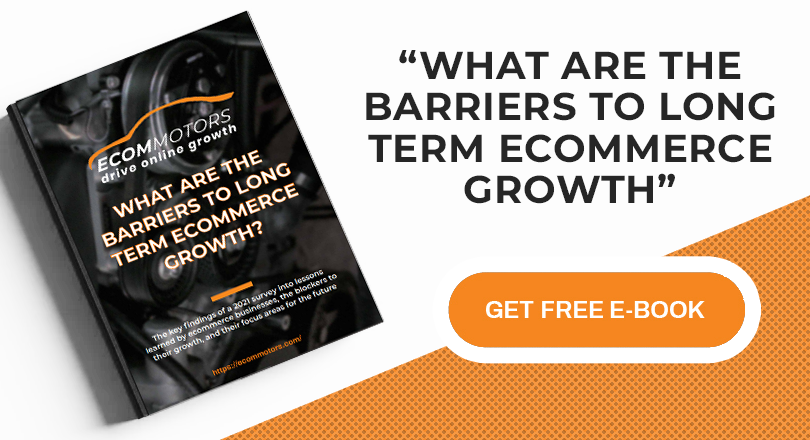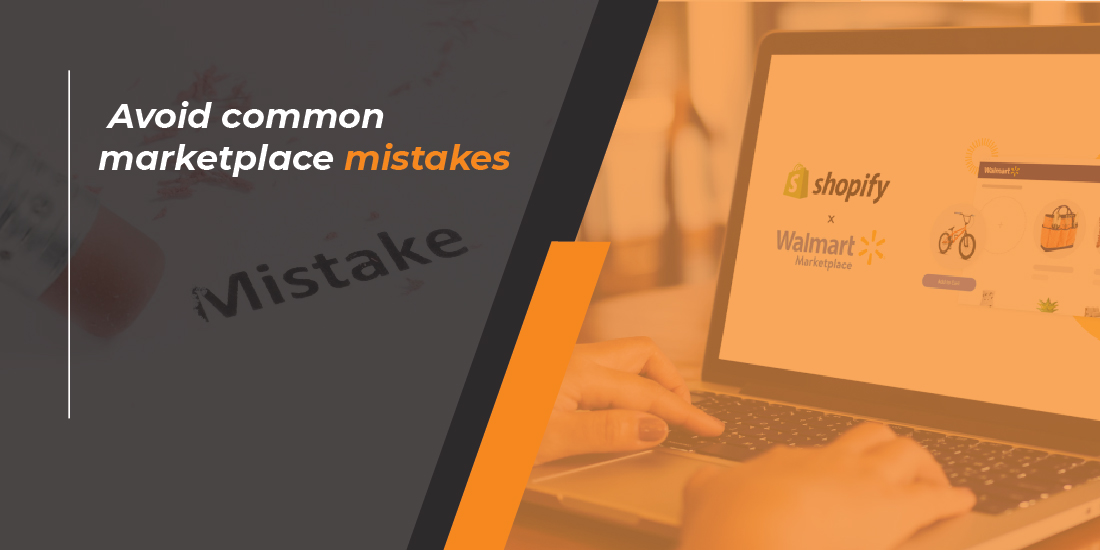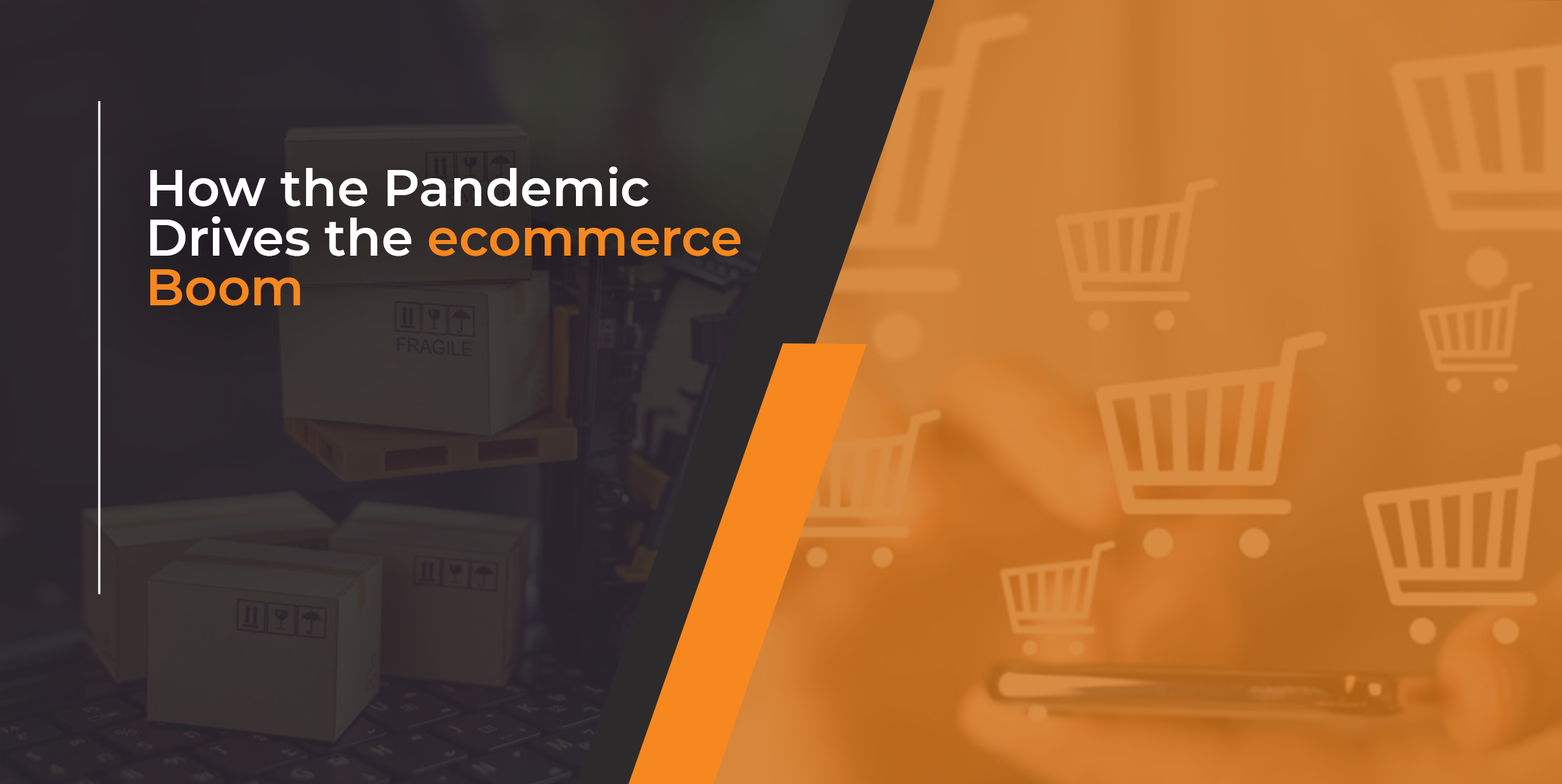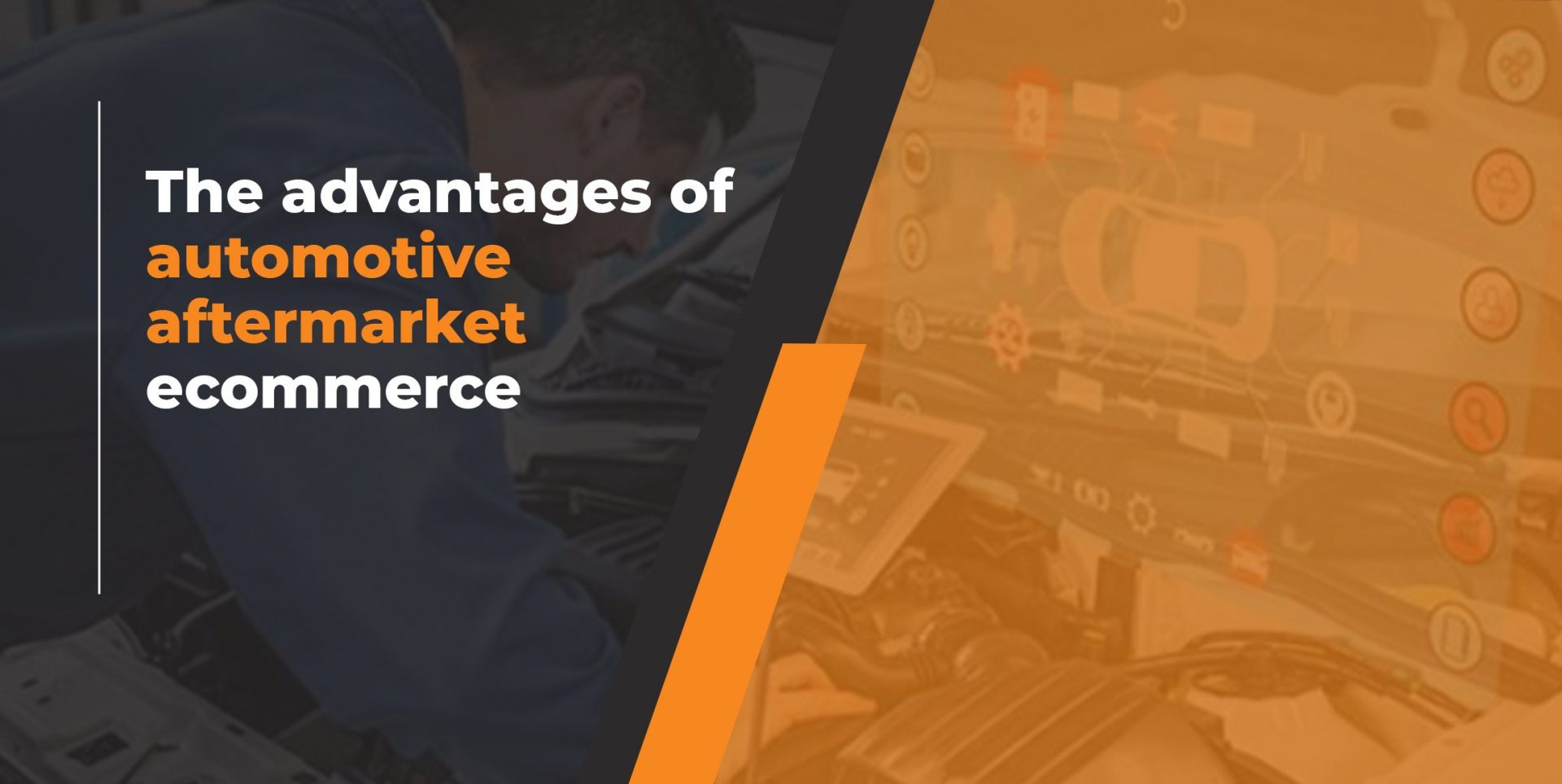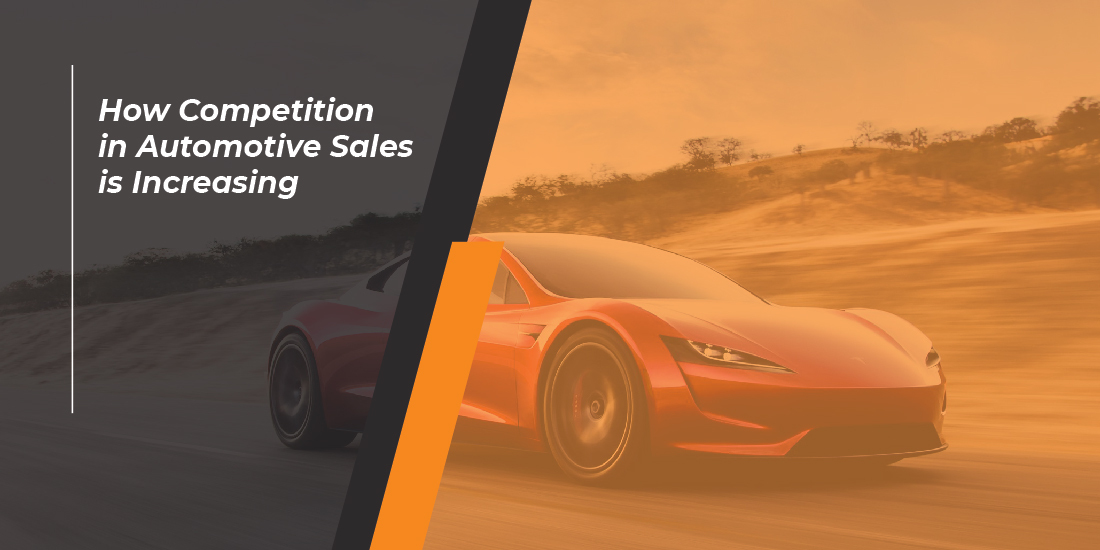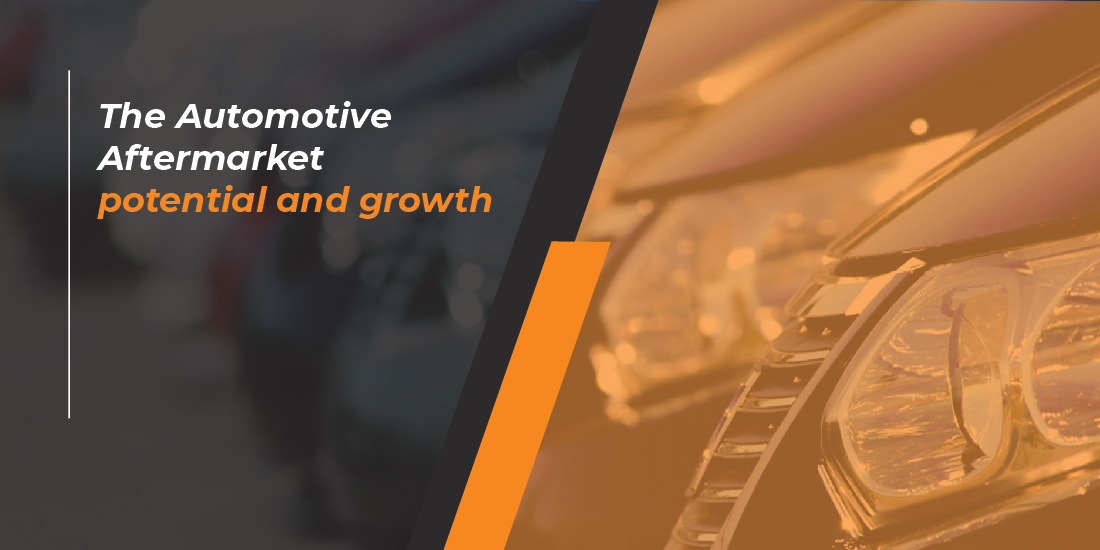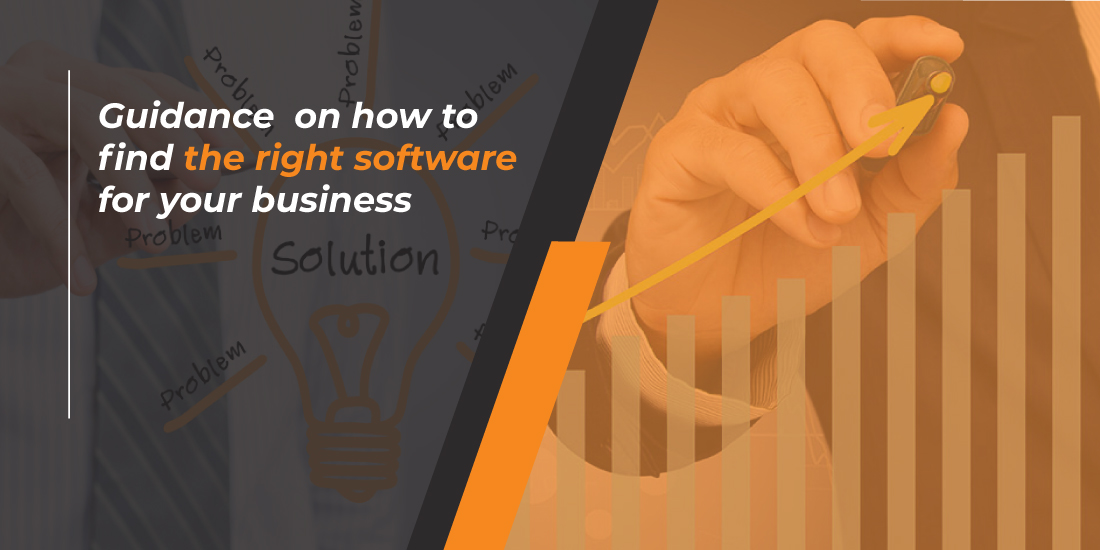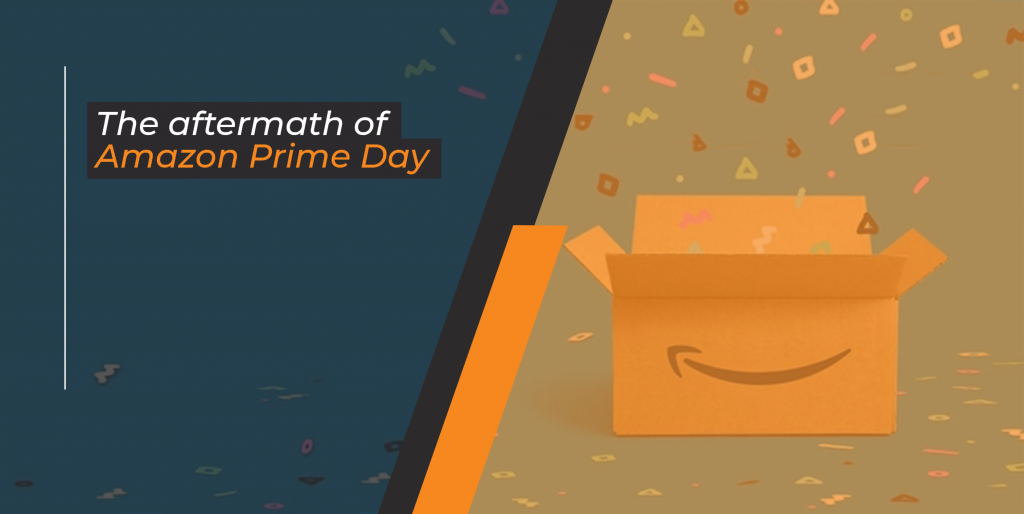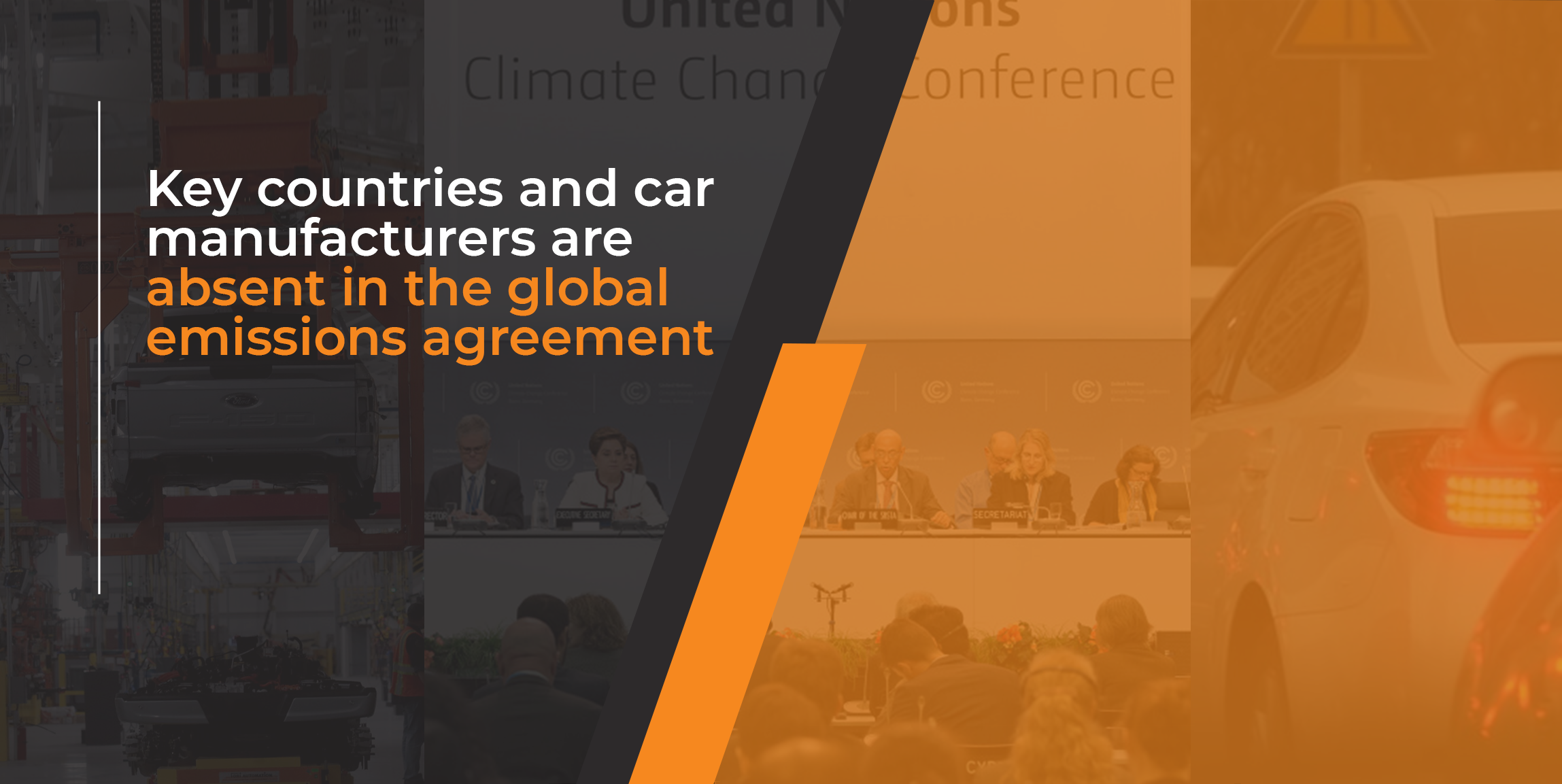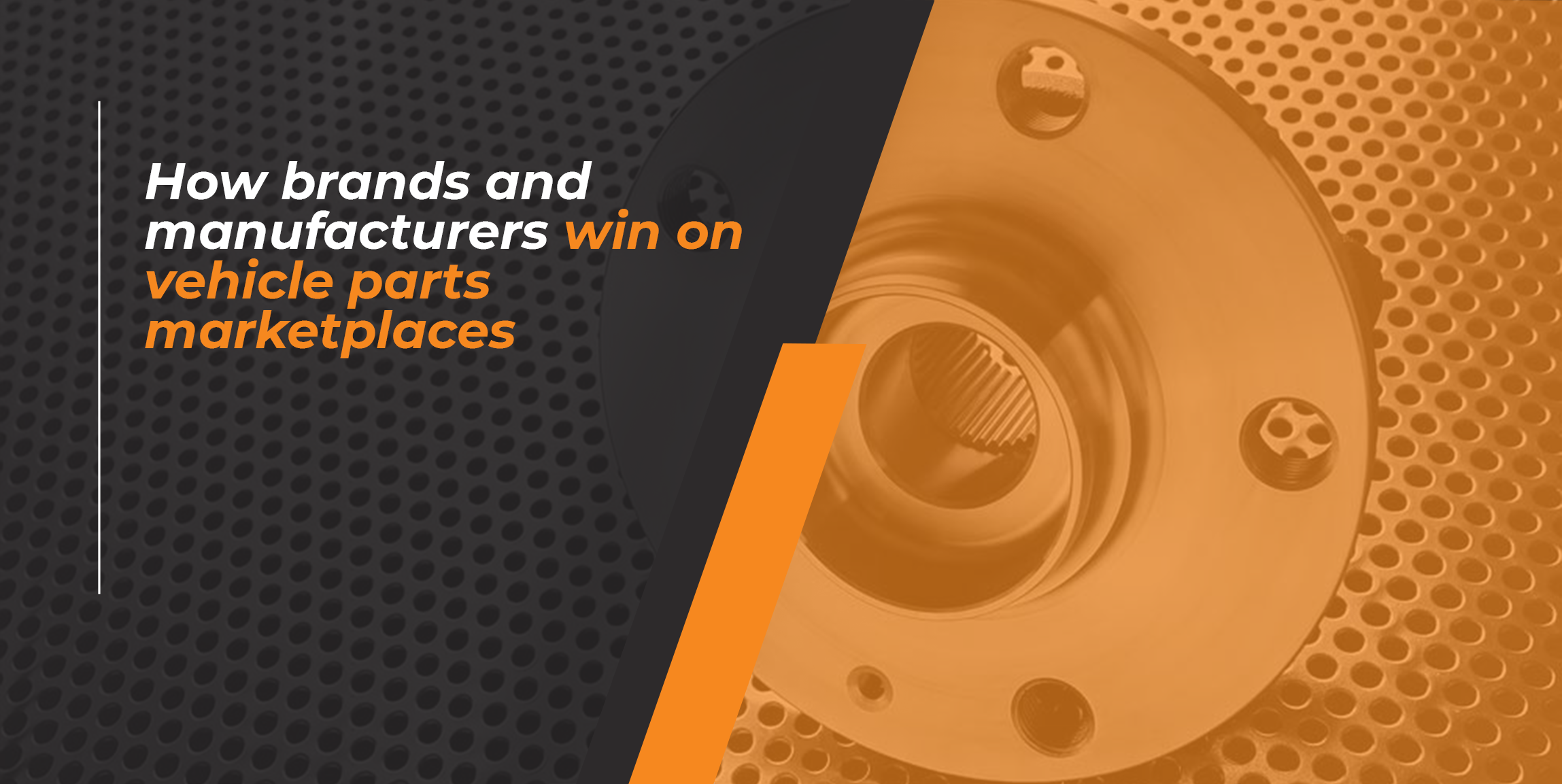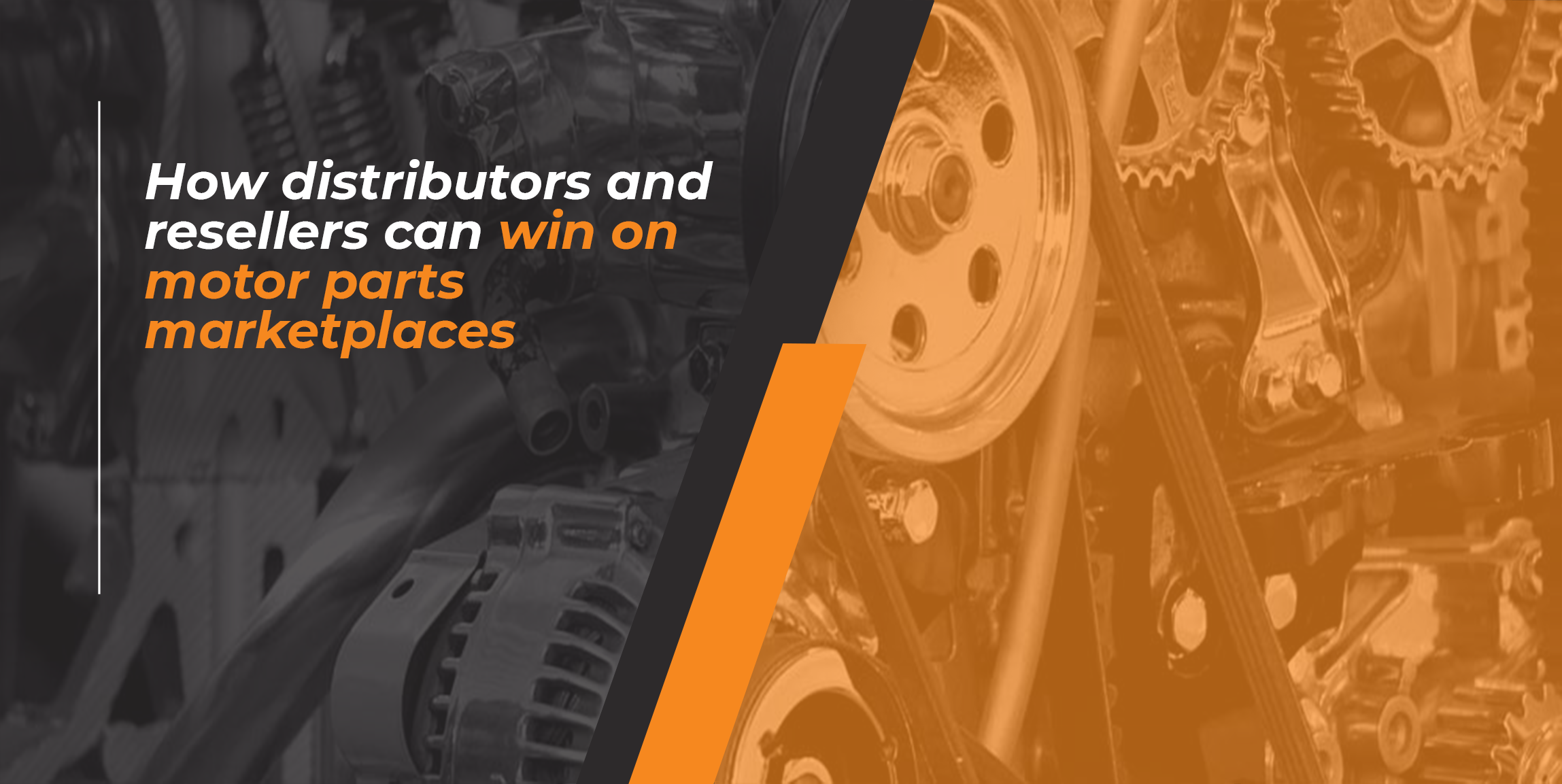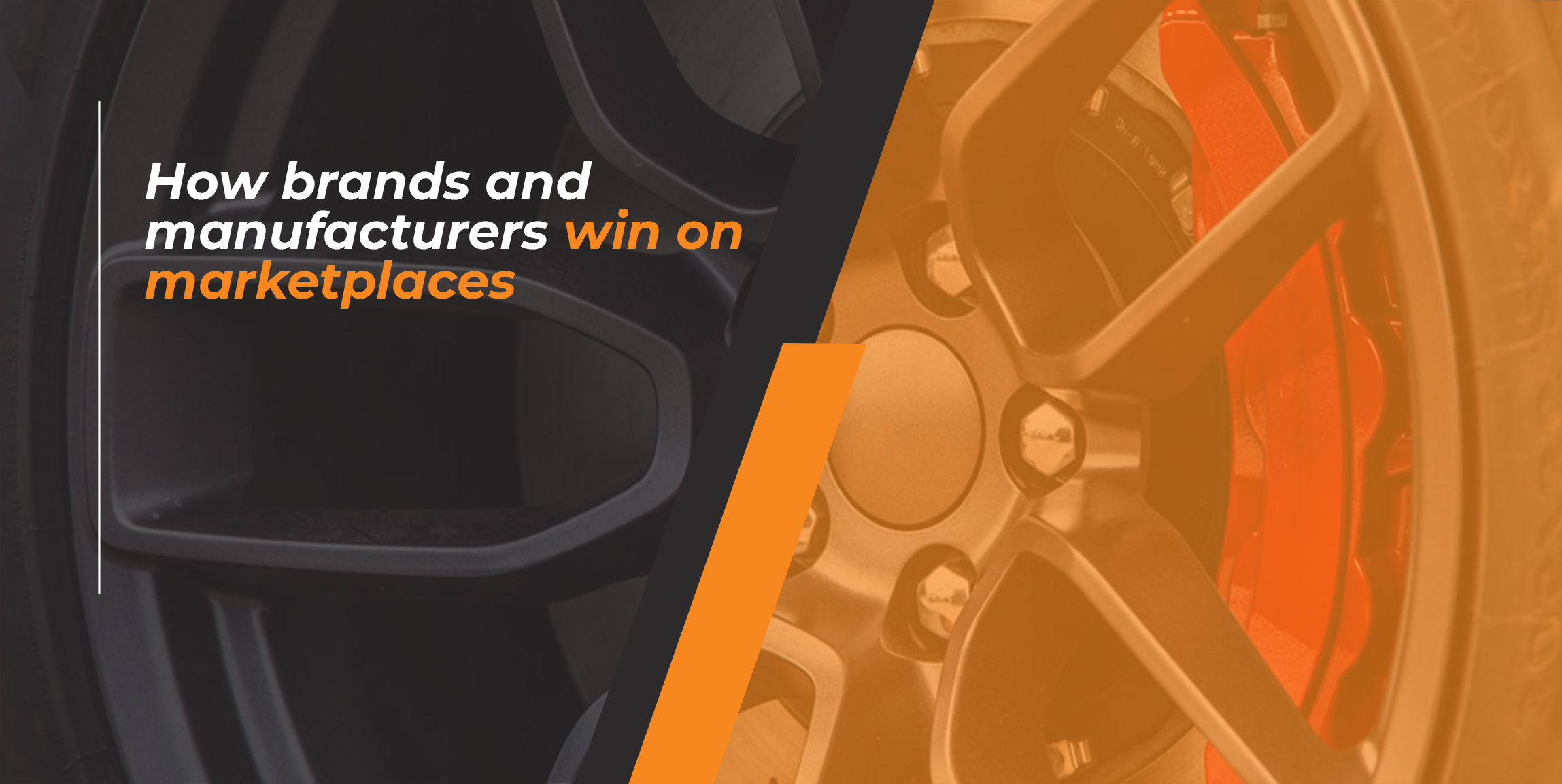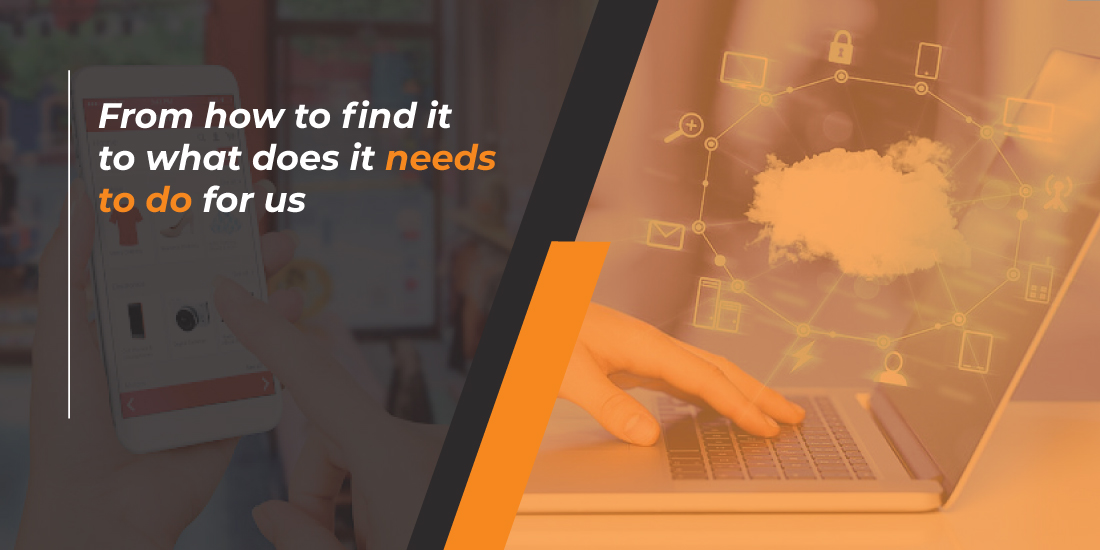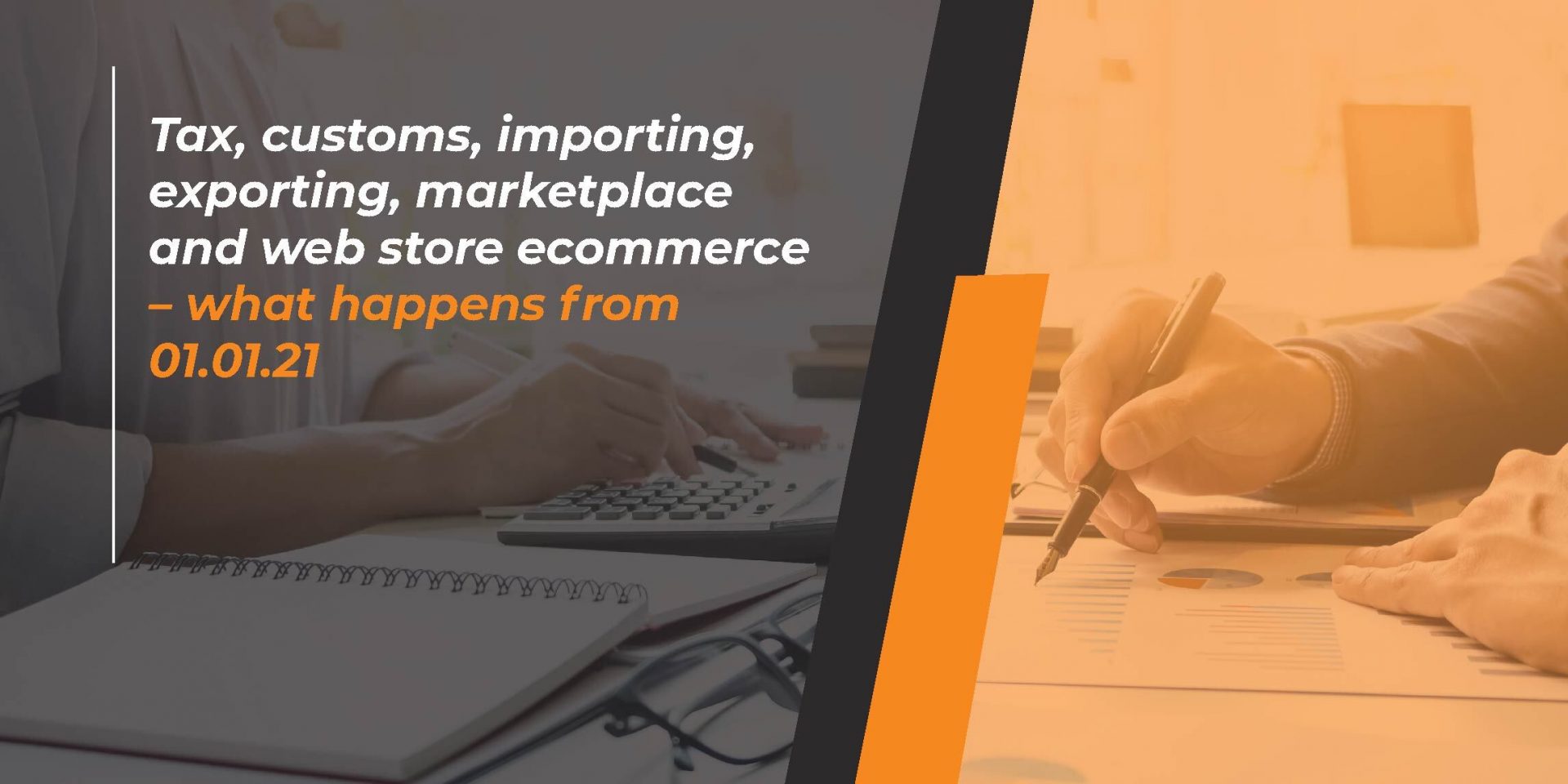
Online B2B ecommerce business will grow by more than 70%. The pandemic significantly accelerates the growth of B2C and B2B e-commerce, according to reports.
What is projected for the future of the B2B sector is already evident from the significant growth of ecommerce in B2C in recent years, especially during the peak holiday seasons (eg Easter, Christmas) and the days of mega-promotions (eg Black Friday, Cyber Monday).
Studies predict that by 2025, 80% of all B2B sales between suppliers and buyers will take place in a digital environment. The impact of the Covid-19 pandemic on the pace of digitalisation, as well as the specific habits of millennial buyers (and soon gen. Z), are the main drivers of this global rise in ecommerce.
“Even at a time of global constraints, globalization has shown its resilience, fuelled by digitalization and the strength of world trade,” said John Pearson, CEO of DHL Express. “These trends have led to an increasing number of consumers turning to online shopping. The pandemic has accelerated this rapid development like never before, with a sharp increase in businesses selling goods on the world market. In this way, e-commerce and global logistics have provided the “key” to unlocking closed doors in a lockdown environment. This has helped sustain economies and reduce the impact of Covid-19 on our customers’ business. “
Before the pandemic, in the beginning of 2019, global sales through B2B e-commerce sites and markets had already increased by 18.2% to reach £ 9.16 trillion, outpacing the market share of the B2C sector. Through Covid-19 and the resulting acceleration of digitalisation, this total volume of B2B ecommerce is expected to reach £ 9.08 trillion increase by 2027.
Those pandemic years showed us how a decade of digital evolution can happen in just a few months and how online shopping and cross-border shipping is becoming the new norm. This is a fact not only for B2C commerce, but also for e-B2B commerce, as companies are beginning to realise that online commerce platforms are crucial to their success now and in the future.
Such reports reveal the factors driving the growth of the global B2B e-commerce market: in addition to general trends such as globalisation and digitalisation, the generation of technology-oriented Millennials (Gen. Y) is beginning to leave a mark on global trade. The Internet generation (Past kids and Gen. Y) and the Internet kids (Gen. Y and Gen. Z) are already shopping mainly online. Their experience in the B2C sector is being transferred to B2B, encouraging companies to invest in digital solutions such as sales platforms and software for automation.
As with everything else, the automotive world is spinning because of demand
A look around the world shows a variety of different solutions. Norway (rich in oil and gas reserves) was easily able to go for electric vehicles and to make it the dominant choice. Switching to electric cars early was easy for them as it has big natural hydroelectric resources and capabilities. Russia, one of the world’s largest oil and gas producers, plans to increase the number of electric cars on its roads in the coming years. To support this plan, from 2022 electric cars will run for free on the toll road network in the country.
“If B2B businesses want to make the most of new cross-border and ecommerce opportunities, they need to start adapting to changing shopping behaviour. Especially with the generation of Millennials as decision-makers in the B2B sector, which further stimulates its digitalization. The B2B sector must follow the good practices of the B2C sector. “said Lendert van Delft, vice president of global sales and ecommerce programs at DHL.
The engine segment dominated the market and held the largest market share of 26.5% in 2020
With all the restrictions on physical movement during the pandemic, ecommerce is proving to be a “saviour” in ensuring that people can continue their lives. A Digital Commerce 360 study found that the top 500 companies generated £ 368.88 billion in online sales in 2020, an increase of 45.3% year-on-year and the biggest jump since the company began tracking statistics in 2006. The 100 largest companies among the top 500 are growing faster than the rest, according to an analysis of the report. In 2019, the opposite is true, with the fastest growth in the bottom 100 and the slowest in the top 100. In 2020, the top 10 companies grew even faster than the top 100.
“During the pandemic, smaller retailers likely didn’t have the items people were shopping for and if they did, had operational issues.” Raj B. Shroff, BrainTrust member.
This ecommerce explosion is making the need for more robust, quality catalogue content and data than ever before. A report from Heages&Co. is showing that in 2020 the automotive parts ecommerce revenue hit $16 billion. The company is sharing that in their new study, auto parts ecommerce share will be over $22 bilion in 2023. Due to the growing number of DIY users and the growing propensity for online platforms to acquire aftermarket parts, the direct customer category is expected to grow faster by 2030. The benefits of online platform shopping include additional savings and the same – daily home delivery.
As ecommerce professionals providing services and software systems, we at ecommotors have the know-how and ideas to help businesses, brands, distributors and manufacturers of automotive parts, tools and accessories adapt to the current changes and reach their full potential across multiple online channels.
To find out more about the automotive aftermarket, or for a no-obligation introductory discussion, please contact us.
More from us


